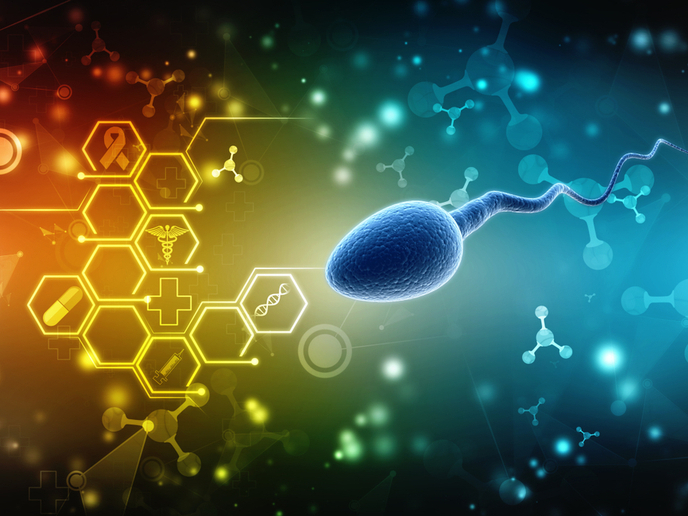Understanding synaptic plasticity
Neuronal synapses display plasticity. In other words, they can change their strength as a result of either their own activity or through activity in another pathway. This intriguing property is believed to be the basis for learning and memory. As a result, elucidation of the mechanism underlying synaptic plasticity could help comprehend the pathological alterations that lead to cognitive deficits. The EU-funded ′Endosomal sorting of AMPA receptors for synaptic plasticity′ (ENDOAMPAR) project focused on the endosomal compartment in neuronal synapses. Signal transmission across a synapse occurs through a series of membrane trafficking events which involve the recycling of neurotransmitter receptors. Although the significance of these processes is undisputed, little is known about the regulatory mechanisms linking membrane trafficking and synaptic plasticity. To address this question, researchers of the ENDOAMPAR study looked at specialised endocytic vesicles containing the APPL1 protein. These vesicles form early during internalisation and ultimately deliver their content to the nucleus. By fluorescently tagging APPL1 or down-regulating its expression, researchers were able to exclude its involvement in the recycling of glutamate receptors. However, APPL1 seemed to play an unexpected role in certain synaptic plasticity models. Neurons lacking APPL1 were capable of long-term depression – a phenomenon associated with the lack of glutamate receptors – but not potentiation. Researchers concluded that APPL1 could be regulating neuronal plasticity through signal transduction down specific pathways such as Akt. Collectively, the work of the ENDOAMPAR project indicates the involvement of the endosomal network in the regulation of neuronal function. The results have clinical extrapolations since APPL1 is involved in Lowe Syndrome, a genetic disease associated with mental and physical disability.







